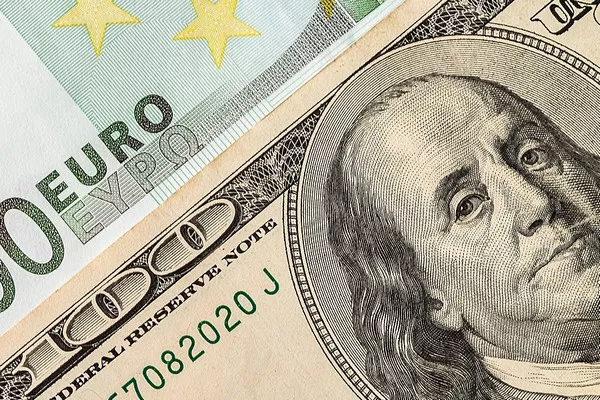In the intricate web of global finance, one currency stands tall, reigning supreme in international trade transactions – the United States Dollar (USD). The USD’s status as the world’s most traded currency is deeply entrenched and has far-reaching implications for economies, businesses, and investors worldwide. In this article, we will delve into the key factors that contribute to the unparalleled dominance of the USD in global trade.
Economic Stability and Size of the U.S. Economy
The foundation of the USD’s supremacy lies in the economic stability and sheer size of the United States economy. As the world’s largest economy, the United States consistently produces a significant portion of the world’s goods and services. The stability of the U.S. economy, marked by consistent growth and a robust financial system, makes the USD a safe haven for investors and traders alike.
The U.S. Gross Domestic Product (GDP) consistently ranks as the highest globally, providing a solid base for the USD’s value. This economic strength instills confidence in businesses and governments, encouraging them to conduct international transactions in USD.
Global Reserve Currency
The USD holds the esteemed position of being the world’s primary reserve currency. Central banks across the globe maintain substantial reserves in USD, making it the go-to currency for international trade settlements. The prominence of the USD as a reserve currency can be traced back to the Bretton Woods Agreement in 1944, which pegged several major currencies to the USD and the USD to gold.
The stability of the U.S. economy and the liquidity of the USD contribute to its attractiveness as a reserve currency. Countries hold USD reserves to facilitate international trade, manage their exchange rates, and provide a buffer against economic uncertainties.
Petrodollar System
A pivotal factor in the USD’s dominance is the petrodollar system. In the early 1970s, the United States made agreements with major oil-producing nations, ensuring that oil transactions would be conducted exclusively in USD. This strategic move tied the value of the USD to global energy markets, solidifying its importance in international trade.
As nations around the world depend on oil for their energy needs, the petrodollar system ensures a perpetual demand for USD, creating a continuous flow of the currency in global markets. This symbiotic relationship between the USD and the oil trade further cements its role as the most traded currency.
Depth and Liquidity of Financial Markets
The depth and liquidity of U.S. financial markets play a crucial role in the USD’s dominance. The United States boasts highly developed and liquid financial markets, including the New York Stock Exchange (NYSE) and the Chicago Mercantile Exchange (CME). The size and efficiency of these markets attract traders and investors, offering them a plethora of investment opportunities.
The liquidity of U.S. financial markets ensures that transactions in USD can be executed swiftly and with minimal price impact. This ease of trading makes the USD an attractive choice for market participants engaged in international trade, as they can enter and exit positions seamlessly.
Dollarization
Dollarization refers to the widespread use of the USD as the official currency in countries outside the United States. Many nations, particularly in Latin America and the Caribbean, have adopted the USD as their official currency to curb hyperinflation and stabilize their economies. This phenomenon amplifies the global reach of the USD, as transactions in these countries are conducted exclusively in USD.
Dollarization not only expands the geographic scope of the USD but also ingrains it as the de facto currency in various regional economic systems. This widespread acceptance further solidifies the USD’s position as the most traded currency worldwide.
Network Effects and Inertia
The dominance of the USD is also perpetuated by network effects and the inertia of established systems. Over time, the widespread use of the USD has created a network effect, where the value of the currency increases as more entities transact in it. This positive feedback loop reinforces the preference for the USD in international trade.
Additionally, the inertia of existing systems plays a role in the USD’s continued dominance. Businesses, financial institutions, and governments have established operational frameworks based on the USD, and transitioning away from this established norm entails significant challenges. As a result, there is a natural resistance to adopting alternative currencies.
Conclusion
The United States Dollar’s status as the most traded currency in the world is a culmination of various interconnected factors. The economic stability and size of the U.S. economy, coupled with the USD’s role as the global reserve currency and its ties to the petrodollar system, form a robust foundation for its dominance. The depth and liquidity of U.S. financial markets, dollarization in various regions, and the inertia of established systems further reinforce the USD’s preeminence in international trade.
While challenges and discussions surrounding the potential emergence of alternative currencies persist, the USD’s supremacy remains unchallenged, shaping the landscape of global finance and trade for the foreseeable future. Understanding the multifaceted reasons behind the USD’s dominance is essential for economists, policymakers, and market participants navigating the complex dynamics of the international financial system.


